Diamonds have been synthesised at atmospheric pressure by researchers in South Korea. The researchers do not yet fully understand the underlying mechanism that forms these diamond films, but it involves passing methane over liquid gallium. They are working, however, to optimise the synthesis to produce higher-quality diamonds that they hope could find a range of uses.
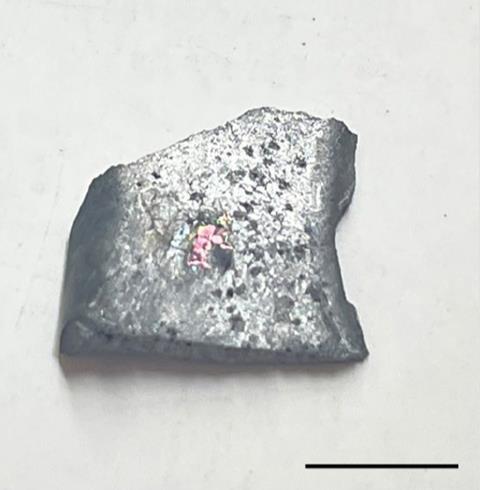
Diamonds are not just the most expensive gemstones in the world: they have important uses in science and technology, ranging from drill bits to quantum computing. Researchers have therefore developed various ways to synthesise diamonds including advanced types of chemical vapour deposition. Around 99% of artificial diamonds, however, are produced using modifications of a technique developed at General Electric in the 1950s. This involves placing a small seed diamond on iron sulfide and heating it to 1600°C in the presence of a carbon source at 7GPa. As the sulfide melts, the carbon source gradually converts into diamond and grows around the original seed.
The new work was inspired by a 2017 paper where liquid gallium catalysed the low-temperature production of graphene from methane. ‘In the course of their work the researchers present indirect – but nonetheless compelling – evidence that there is carbon subsurface in their gallium,’ says physical chemist Rodney Ruoff at the Institute for Basic Science in Ulsan. ‘Gallium is perceived to be completely immiscible with carbon, and other low-melting point metals like bismuth, indium, tin and lead don’t have binary phase diagrams with carbon either.’
Ruoff’s group decided to ascertain whether gallium could be used to grow large diamonds from seeds at atmospheric pressure. In one experiment, the researchers inadvertently allowed their gallium to dissolve the silicon on the cut edge of a silicon dioxide substrate. Lead author Yan Gong, a PhD student in Ruoff’s group, noticed small pyramids forming on the edge of the diamond crystal. ‘That led us to understand that silicon was somehow important,’ says Ruoff. However, they could not develop this further. ‘If we added more silicon we got silicon carbide instead.’
Diamond state
The researchers then tried growing diamond without adding a seed, holding silicon-doped gallium in a crucible and feeding in methane and hydrogen at temperatures around 1000°C. They found that graphite was deposited on the bottom of the gallium. Ruoff believes the low affinity of gallium for carbon probably allows the gases to diffuse down the rough edges of the crucible and form graphite underneath the liquid metal.
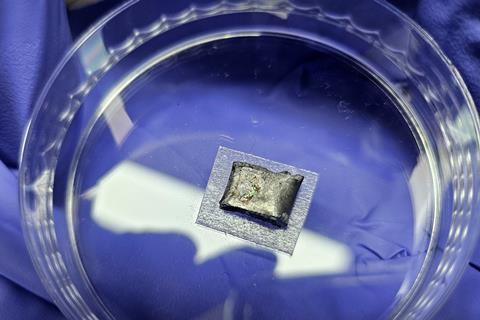
The researchers then experimented with adding other metals to the gallium–silicon mixture. ‘If we use gallium–silicon–iron we just get graphite,’ says Ruoff. ‘If we use the same combination with nickel, we might get a different amount of graphite but we still don’t get diamond. But with both the iron and nickel together, one day Yan Gong was ecstatic to find a rainbow-coloured region and realise “Wow! That’s actually diamond”.’ The researchers then optimised their parameters to produce the best possible diamond films tens of micrometres across and found that they were superior to a commercial sample produced by chemical vapour deposition.
Spectroscopic analysis showed that significant quantities of carbon had penetrated only a few nanometres and that some silicon had been incorporated into the diamond – which could be useful for some applications like silicon vacancy quantum computing and potentially problematic in others. Many questions remain, however, including whether the diamonds are stable or metastable at ambient conditions in the liquid metal. ‘I find zero exploration of ternary phase diagrams of carbon with several other elements in the literature – so that opens up a lot of basic science,’ says Ruoff. How’s carbon going to behave with these two or these three elements chosen as liquid metals?’ The researchers hope increased understanding of the underlying science will allow them or others to produce diamonds that contain other trace elements or no trace elements at all. Ruoff says ‘it’s too early to say’ where the work’s biggest applications may lie.
Materials chemist Torben Daeneke at RMIT University in Australia believes the work shows huge promise. ‘It’s quite evident that this could be used to develop thin coatings of diamond on surfaces and we use these all the time,’ he says. ‘You could think about using this as an anti-corrosive coating in chemical reactors, for example…. Gallium is a relatively abundant, non-toxic liquid metal and all you have to do here is place it on the surface you want to coat and flush some methane over it.’
He believes the largest chemistry advance, however, lies in the catalysis. ‘Reacting methane with gallium has been done before,’ he says, ‘but typically they end up with graphitic carbon, amorphous carbon or sometimes carbon nanotubes…. For me what’s really exciting is that they’ve really fine-tuned the recipe and that completely changes the outcome. That tells me there’s so much more to be done with liquid metal catalysis.’
References
Y Gong et al, Nature, 2024, DOI: 10.1038/s41586-024-07339-7





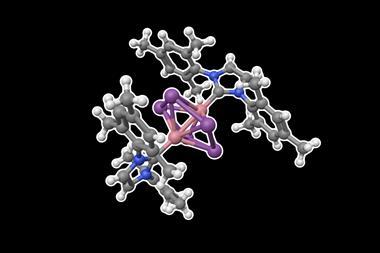

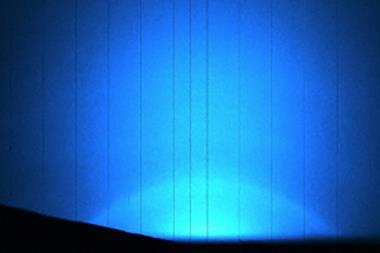
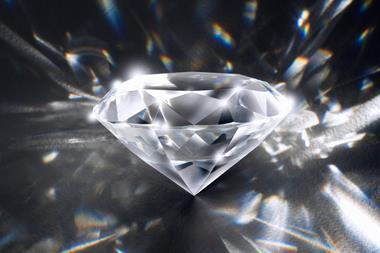
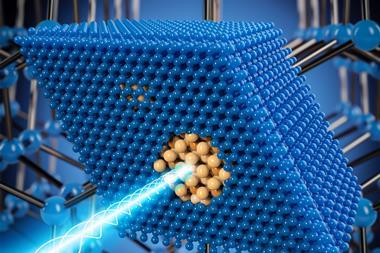







No comments yet